Final U.S. planes fly out of Afghanistan, ending America’s longest war
The final U.S. planes departed from the Kabul airport in Afghanistan, concluding America’s longest war, a messy two-decade military campaign that consumed four presidents and cost the lives of 2,461 U.S. troops.
Hours ahead of President Biden’s Tuesday deadline for shutting down a final airlift and ending the U.S. war, Air Force transport planes carried the remaining contingent of troops out of Afghanistan’s air space.
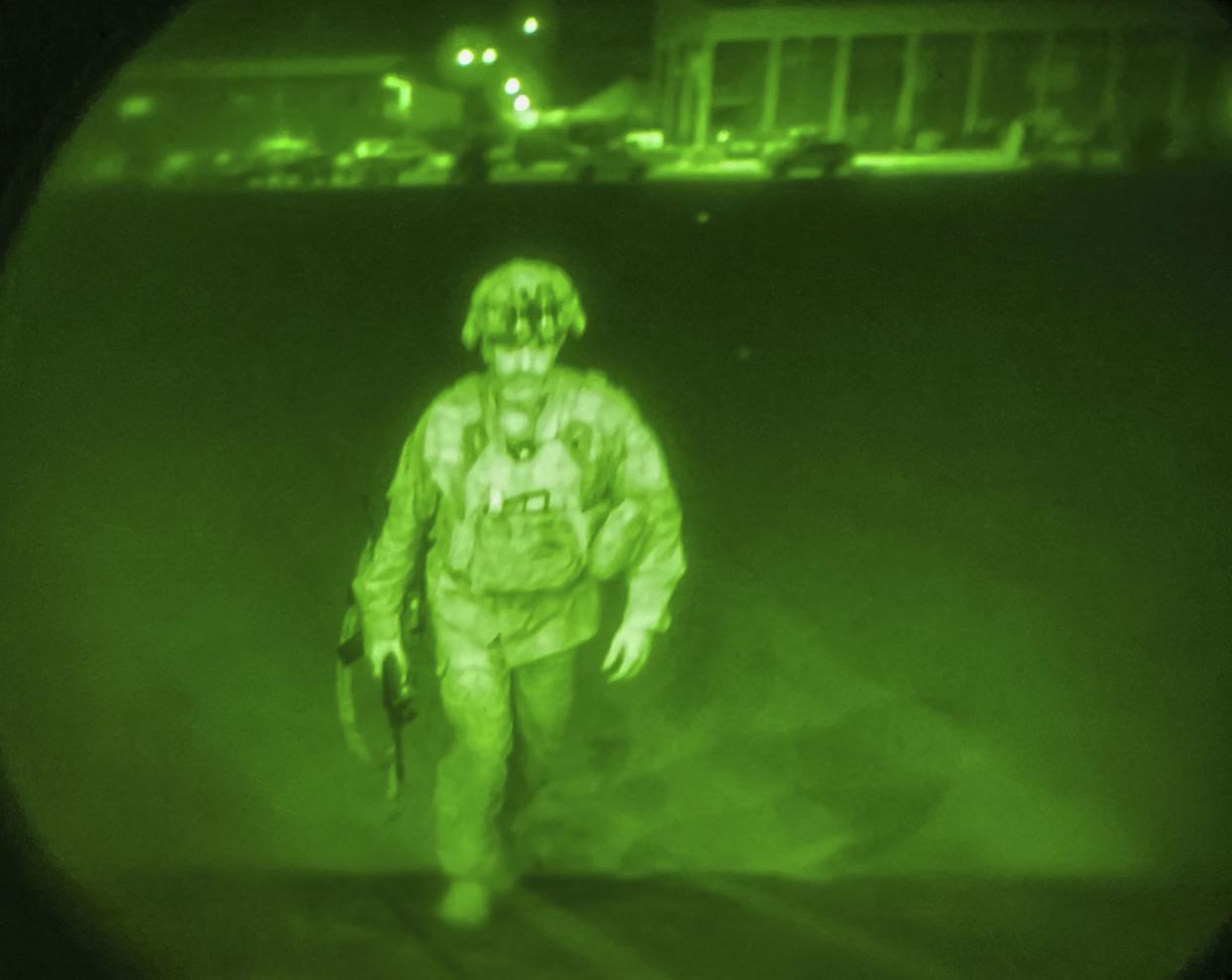
For the first time since America and its allies invaded Afghanistan in October 2001 with designs of toppling the Taliban and driving out terrorists, the sun will rise on the South Asian country without a U.S. military presence.
Gen. Kenneth F. McKenzie, the head of U.S. Central Command, said on Monday afternoon that every single U.S. service member was out of Afghanistan. The last C-17 military transport aircraft took off from Hamid Karzai International Airport at 3:29 p.m. ET, the general said, ending the bloody and expensive campaign launched in the aftermath of the Sept. 11 attacks.
“It is a mission that brought Osama bin Laden to a just end, along with many of his Al Qaeda co-conspirators, and it was not a cheap mission,” McKenzie said. “No words from me could possibly capture the full measure of sacrifices and accomplishments of those who served.”
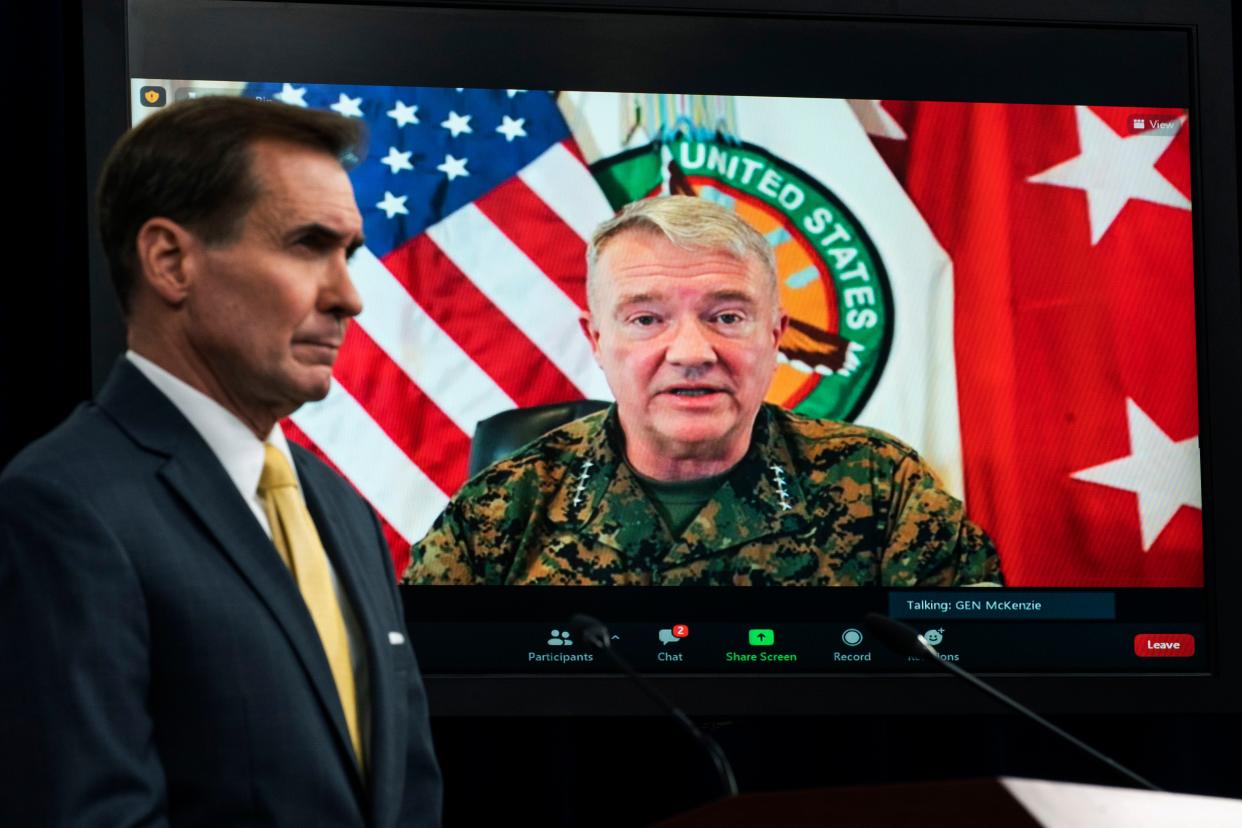
It was also a mission that faced a tragic conclusion in its final days, with the ruthless Taliban sweeping into Kabul, Afghanistan’s capital, on Aug. 15 and planting their flag as the country’s new rulers.
America was left to scramble to airlift U.S. citizens and allies from Kabul while relying on the Taliban to provide security cover.
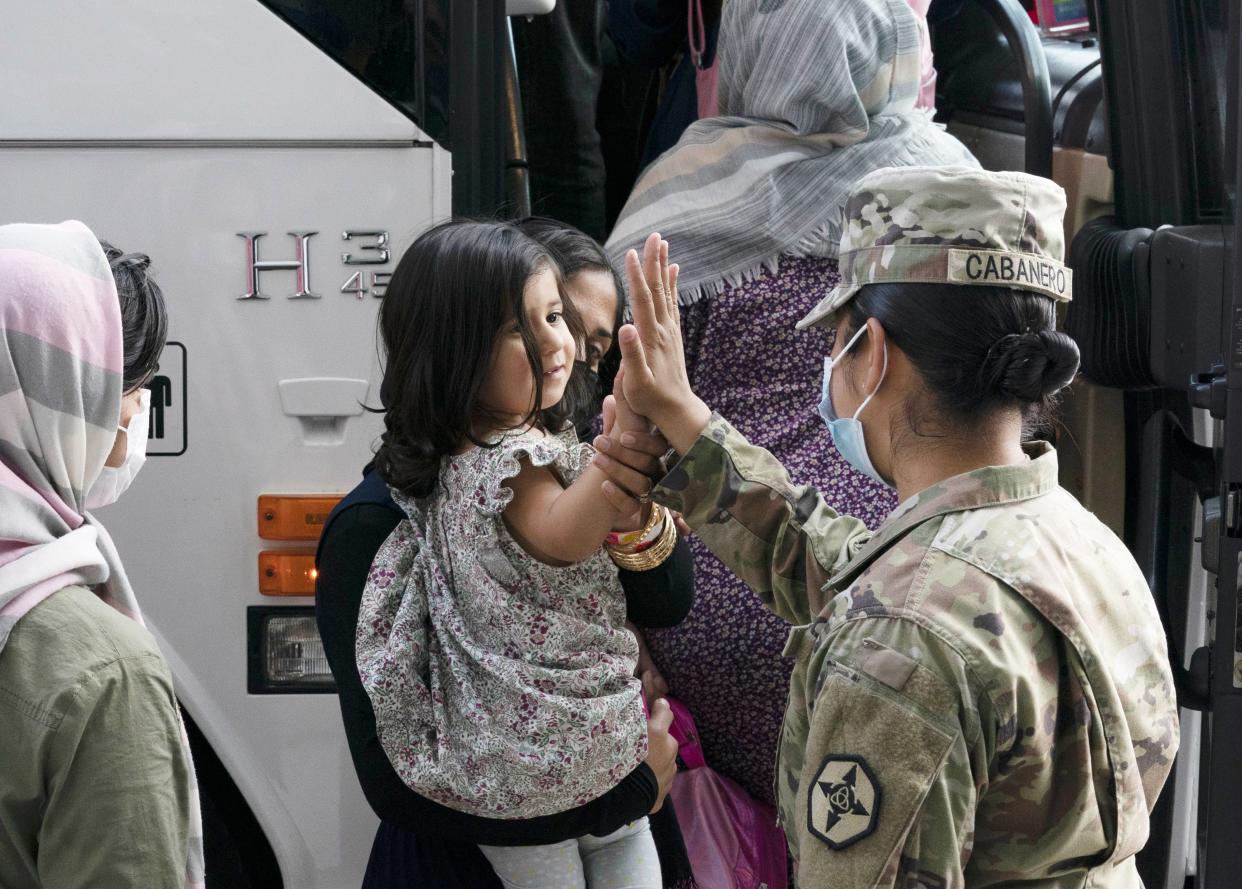
The White House said that the U.S. managed to evacuate some 120,000 citizens and allies in the final 17 days, despite an often terrifying terrorist threat. But the perilous process was marred by a horrifying attack last Thursday.
That day, a bomb-toting terrorist detonated explosives in his bulky vest, creating a scene of carnage near the crowded Abbey Gate of the Kabul airport. At least 182 people, including 13 U.S. troops, died in that bombing, which was claimed by ISIS-K, an affiliate of the Islamic State.
“A day or a week where you lose 13 service members is the worst day or the worst week of your presidency,” Jen Psaki, the White House press secretary, said on Monday.
It was just the latest turn in an ugly withdrawal for the U.S. But Biden, facing intense criticism, has stood by the decision to bring America’s troops home.
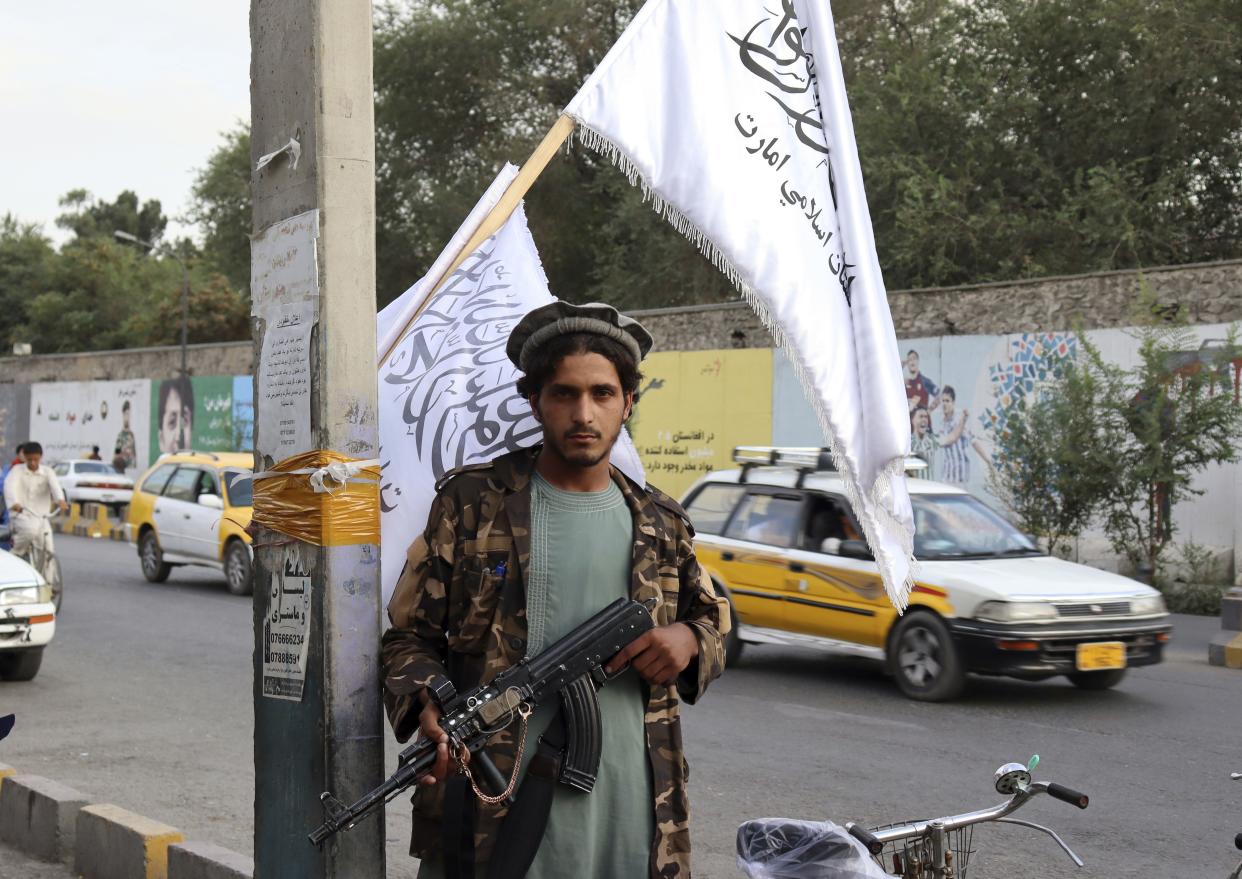
Hoping to ward off military casualties, the president announced in April that he planned to withdraw all American troops from Afghanistan by September, punctuating the war. His predecessor, Donald Trump, had reached a deal with the Taliban that set a May 1 exit for the U.S., and Biden elected to stick to the contours of the agreement, while delaying the deadline.
Biden was expected to address the nation on Tuesday. In a statement on Monday evening, he said, “For now, I urge all Americans to join me in grateful prayer tonight.”
He has stood by the decision to end what he’s called a “forever war,” even while acknowledging that the Taliban’s takeover developed far faster than he imagined. His administration blamed the Afghan military for crumbling with little resistance.
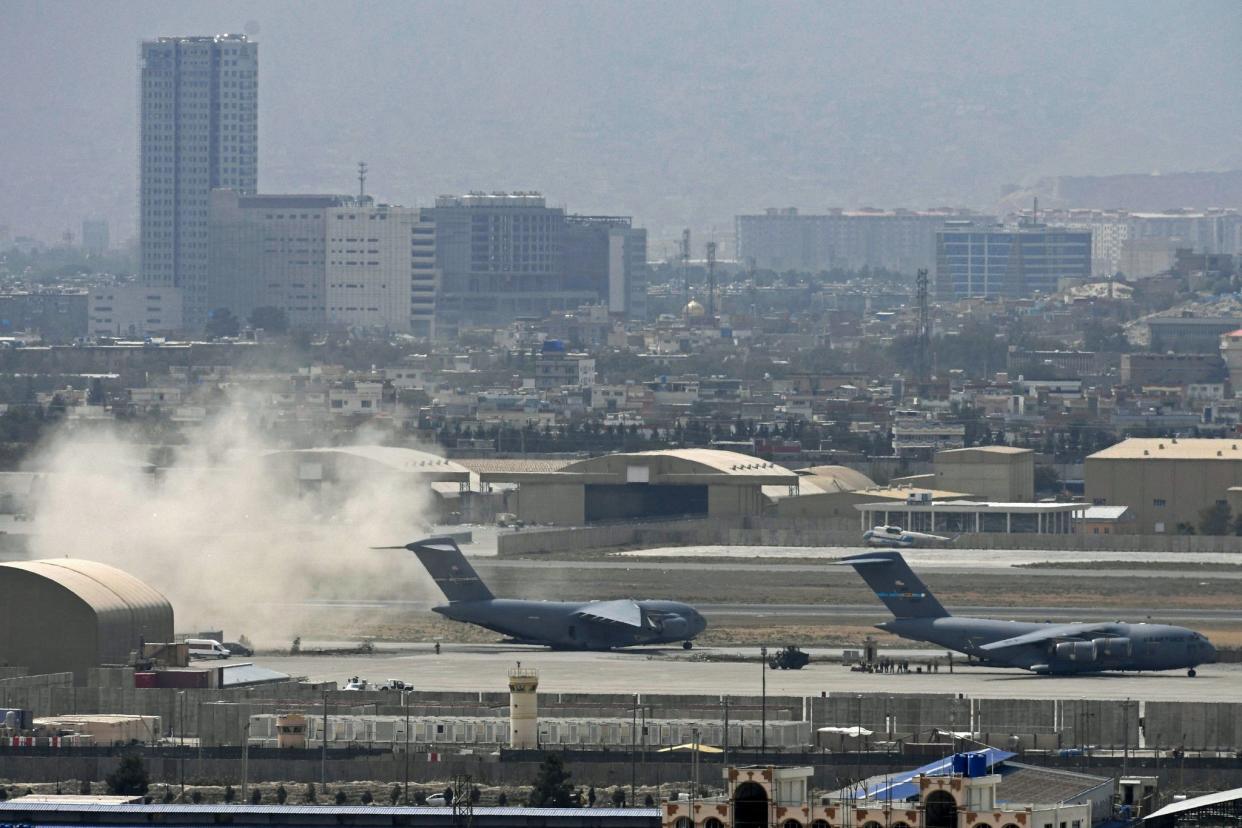
The Taliban, who delivered an unwanted endorsement to Trump in the 2020 election, were known for brutality when they last controlled Afghanistan. Between 1996 and 2001 they banned TV, held public executions, and terrorized women and girls. The U.S. drove them out of the country nearly two decades ago.
But now they are back in control of Kabul, a bitter irony at the end of America’s $2 trillion effort. Celebratory gunfire burst through Kabul’s night sky after America’s final planes roared out of the country.
“The last five aircraft have left, it’s over!” declared Hemad Sherzad, a Taliban fighter at Kabul’s airport, according to The Associated Press. “I cannot express my happiness in words.”
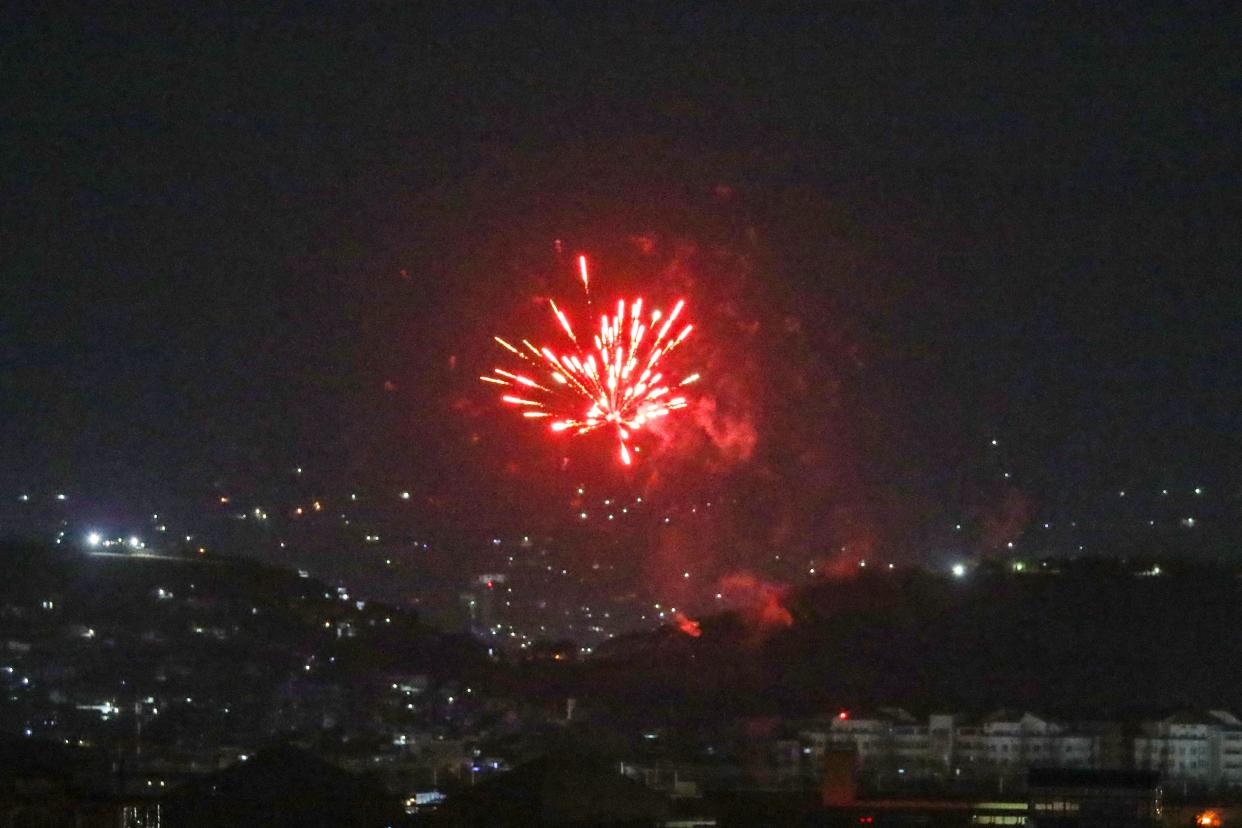
As many Afghan civilians fear for their futures and their security, the Taliban said they were still working to construct their new government. To some, the sight of the U.S. relying on the group in the final hours of the war was particularly hard to stomach.
After McKenzie offered a touch of praise to the Taliban for their help, Rep. Adam Kinzinger (R-Ill.) tweeted, “Watching a four-star general call the Taliban ‘pragmatic and businesslike’ isn’t something I ever expected to see.”
“Not too businesslike to beat women and children,” wrote Kinzinger, who served in Afghanistan.

The Taliban have attempted to rebrand with a friendlier face. Biden said in his statement that the group “has made commitments on safe passage and the world will hold them to their commitments.”
America’s nearly 20-year campaign was not without its successes. It brought death to bin Laden, a mastermind of the Sept. 11 attacks, in 2011, and it allowed the U.S. to reduce the terrorist threat posed by the one-time breeding ground.
But it also showed the limits of America’s ability to build a far-off nation in its own image, and to some, it became an exercise in pronounced U.S. hubris.
By any accounting, it was exceptionally costly in blood and treasure. Its human cost numbered more than 66,000 Afghan military and police officers, more than 47,000 Afghan civilians, more than 400 aid workers and more than 70 journalists, according to The AP. Americans will be long left to argue whether it was worth it.
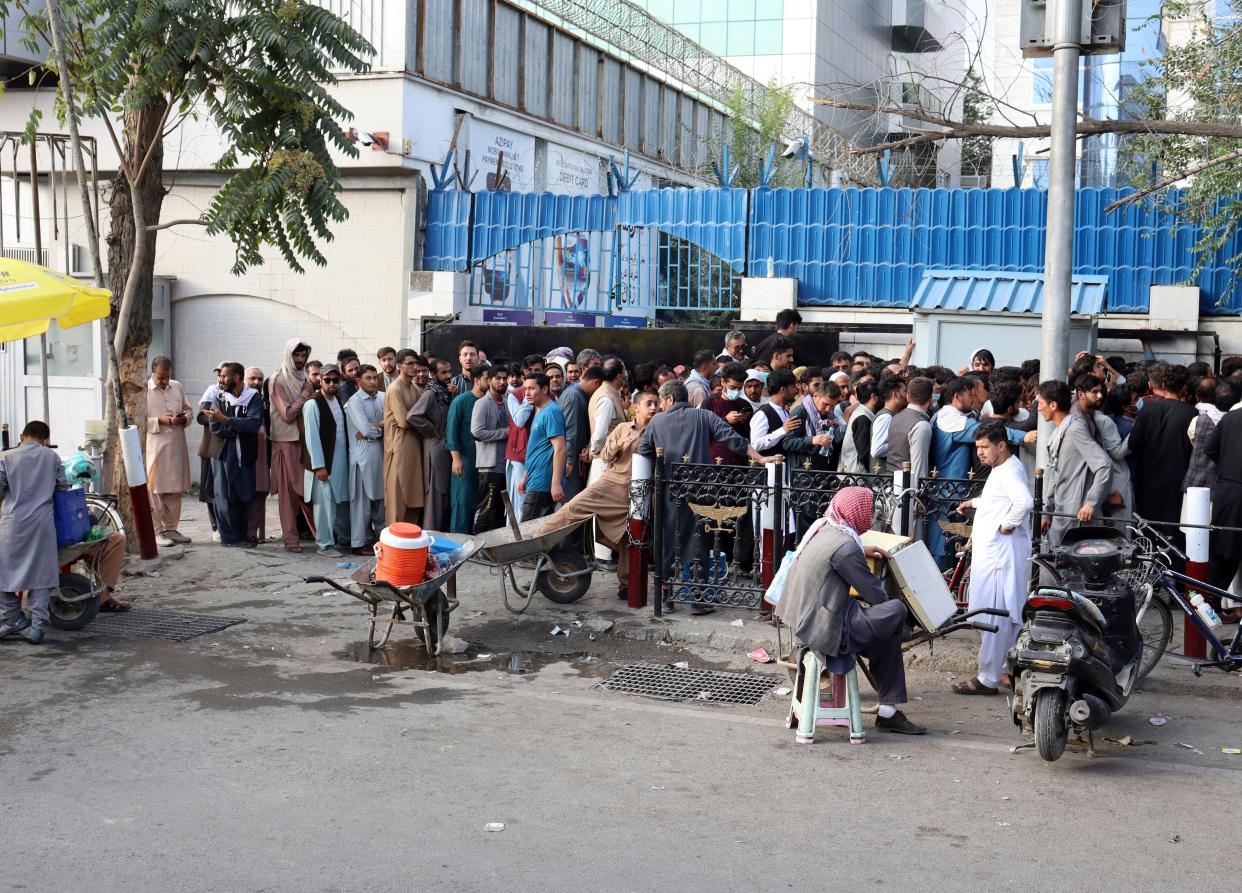
In the final days, America worked desperately to avoid allowing its death toll to climb even higher. Ominous warnings of further terrorist attacks in Kabul echoed out of the White House.
On Monday, Islamic State militants shot off rockets in the direction of the Kabul airport. But U.S. anti-missile defenses reportedly intercepted the rockets. Nobody was hurt, and the airport emptied out progressively, until the final planes took off and left Afghanistan behind.
Earlier in the day, flights had taken off every 20 minutes or so. The conclusion came as a slight surprise — the U.S. had set a deadline of Tuesday, but had declined to say whether that meant the end of day in Washington’s time zone or in Kabul’s.
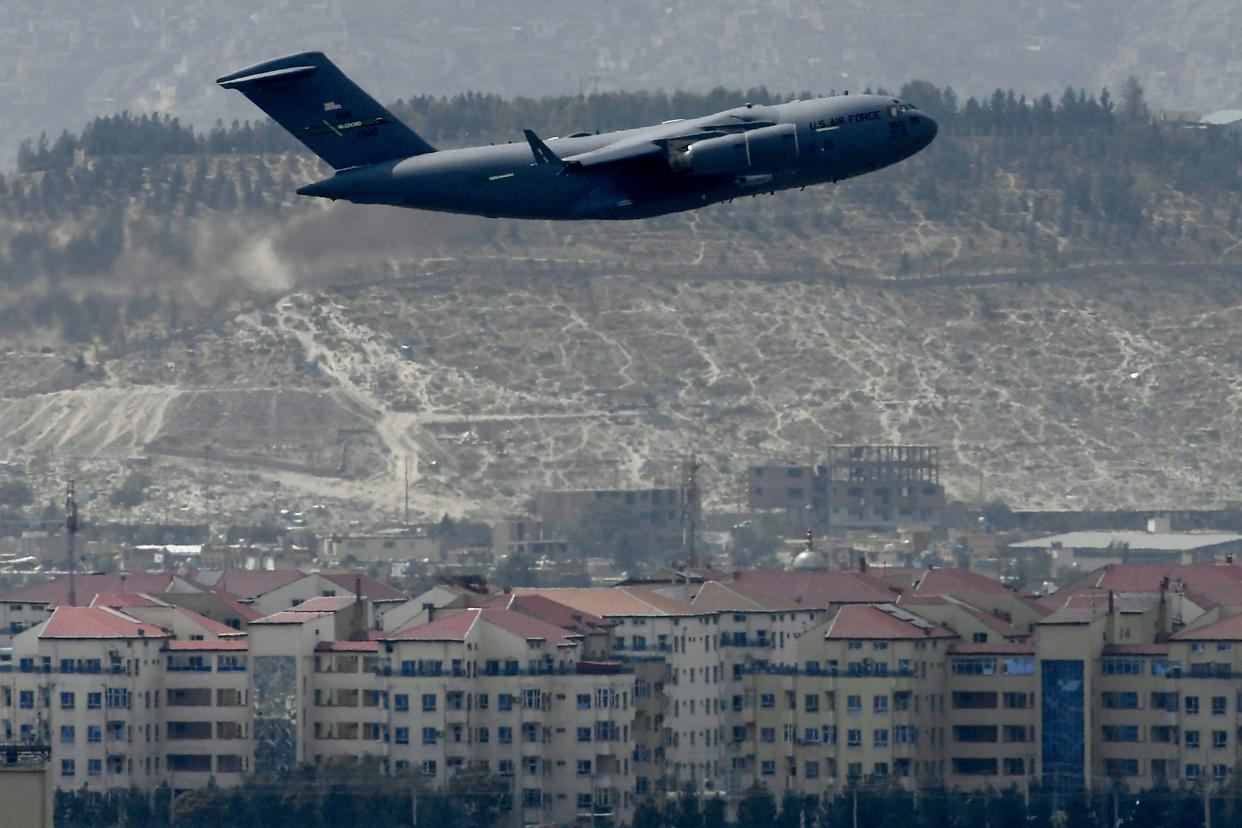
In the end, it was ahead of either, leaving the U.S. to exhale. All told, 800,000 American service members served in Afghanistan.
As Biden defended the U.S. pullout after the Thursday attack in Kabul, the president argued that America must set its focus on other risks cropping up across the planet.
“Terrorism has metastasized around the world — we have greater threats coming out of other countries a heck of a lot closer to the United States,” the president said. “Ladies and gentlemen, it was time to end a 20-year war.”
With News Wire Services
